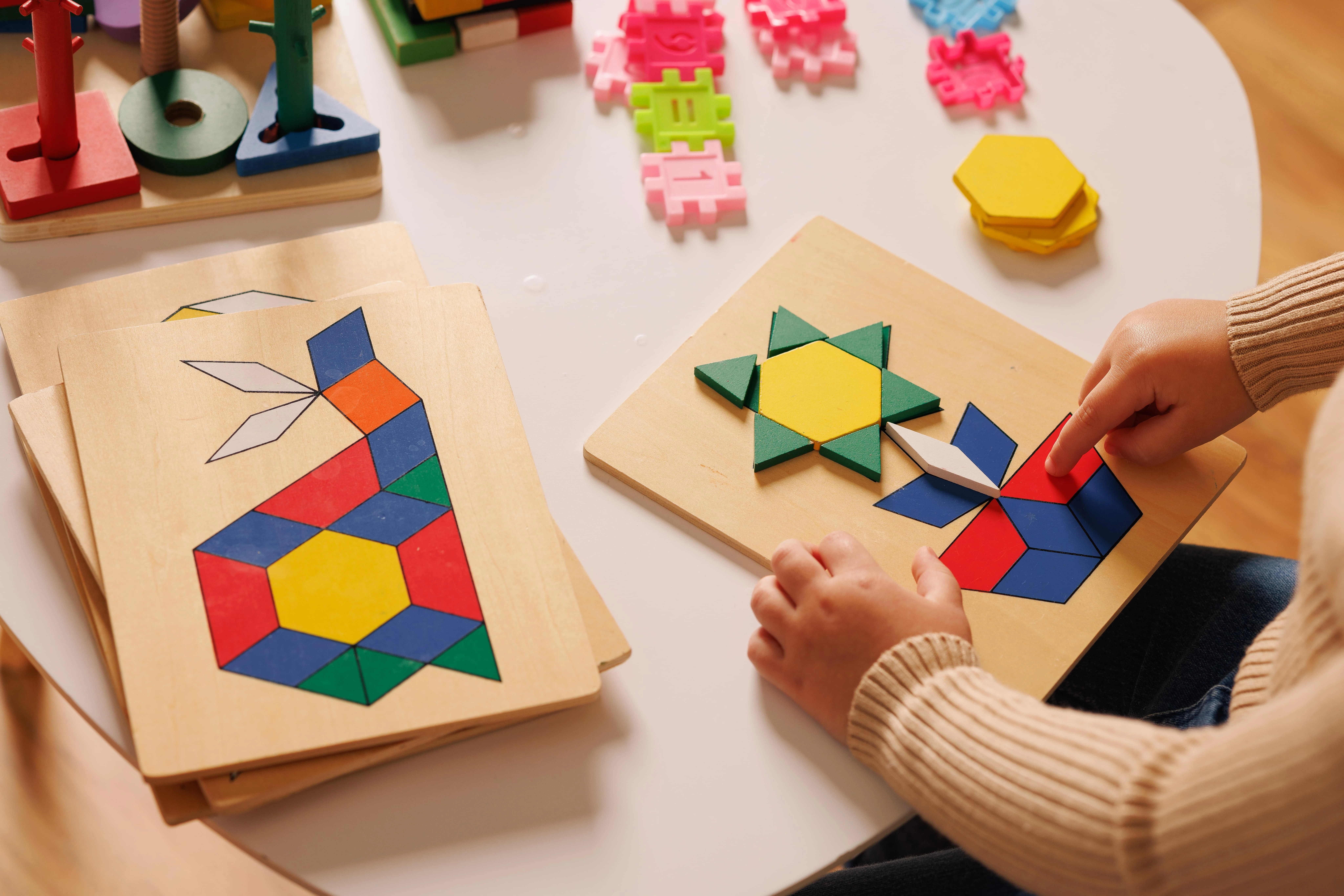1st Grade Math Lesson Plan with Template

Using a lesson plan can be a key to having a lesson that is effective and engaging for students.
But sometimes the blank page can just seem like it’s staring back at you as you try to think of ideas for your 1st grade math lesson plans.
1st Grade Math Lesson Plan with Template

A great starting point is considering the various skills that first grade math students are working on learning. These include:
- Knowing how to count, recognize, and write numbers.
- Doing simple addition and subtraction with single-digit numbers.
- Understanding the idea of "more" and "less."
- Learning math signs such as an equals sign.
- Being familiar with patterns and shapes.
- Knowing how numbers are grouped into ones, tens, etc.
- Counting up to 100; count by 5s and 10s to 100; count by 2s to 40.
- Showing numbers on a number line.
- Beginning to understand word problems.
- Writing the date, telling time, and reading a calendar.
- Counting and making combinations with coins; adding and subtracting money.
Just one idea may be enough to get the creative juices. So, we put together a 1st grade math lesson plan example to get you started!
Free Sample First Grade Lesson Plan

This free lesson plan will help you know what should be included in a lesson plan to make a hit in the classroom.
You can use this sample lesson plan as is or tweak it to serve your students better. You can also use just the structure to create your own 1st grade math lesson plans.
This lesson plan was created with broad first-grade math curriculum standards. If you need to create lessons that fit into specific standards, like 1st-grade math common core lesson plans, be sure to double-check that this lesson plan fits your needs.
If you teach multiple grades or are just looking for a different grade level, check out our other math lesson plans.
- 2nd Grade Math Lesson Plan
- 3rd Grade Math Lesson Plan
- 4th Grade Math Lesson Plan
- 5th Grade Math Lesson Plan
- 6th Grade Math Lesson Plan
- 7th Grade Math Lesson Plan
- 8th Grade Math Lesson Plan
- Generic Math Lesson Plan
Let’s get into the lesson plan!

1st Grade Lesson Plan: Teaching the concepts of “more” and “less”

Learning Objectives
By the end of this lesson, students will be able to:
- Compare two sets of objects and determine which set has more or less.
- Use the terms "more" and "less" correctly in context.
- Count objects accurately up to 20.
Teaching Strategies
- Interactive discussion
- Hands-on activities
- Visual aids and manipulatives
- Group work and individual practice
- Use of technology (interactive games or videos, if available)
Materials Needed
- Small objects for counting (e.g., buttons, blocks, counters)
- Two sets of cards labeled with different numbers (1-20)
- Whiteboard and markers
- Chart paper
- Stickers or tokens for rewards
- Worksheets for individual practice
- A computer or tablet (optional, for interactive games)
Procedures and Activities
1. Introduction (10 minutes)
- Begin with a brief discussion on the concepts of "more" and "less".
- Use visual aids: Draw two groups of stars on the whiteboard, one group with 5 stars and the other with 3 stars.
- Ask students which group has more stars and which has less. Discuss their responses.
2. Guided Practice (15 minutes)
- Distribute small objects (buttons, blocks) to pairs of students.
- Give each pair two sets of cards labeled with different numbers (e.g., 5 and 8).
- Instruct students to count out the number of objects that match the numbers on their cards.
- Once counted, have students compare the two groups and identify which has more and which has less.
- Walk around the room to observe and assist as needed.
3. Group Activity (15 minutes)
- Create a game where students take turns drawing two number cards and creating groups of objects based on the numbers drawn.
- After forming the groups, the student must say which group has more and which has less.
- Encourage the rest of the class to agree or suggest corrections if necessary.
4. Individual Practice (10 minutes)
- Provide worksheets with pairs of pictures showing different quantities of objects.
- Students will circle the group that has more and cross out the group that has less.
- Collect worksheets to assess understanding.
5. Interactive Game (Optional, 10 minutes)
- If technology is available, use a computer or tablet to play an interactive math game focused on more and less. Prodigy Math is a great option for individual practice.
6. Conclusion and Review (10 minutes)
- Gather students back together and review what was learned.
- Ask a few students to share their work and explain how they determined which group had more or less.
- Summarize the key points of the lesson and answer any remaining questions.
Assessment
- Observe students during group and individual activities to assess their understanding and correct use of "more" and "less".
- Review completed worksheets for accuracy.
- Provide verbal feedback during activities and offer stickers or tokens for correct answers and good participation.
Goals for the End of the Lesson
- Students will confidently identify and use the terms "more" and "less".
- Students will accurately compare quantities and explain their reasoning.
- Students will demonstrate improved counting skills up to 20.
Reflection and Extension
- Reflect on the lesson in a discussion with your students. Ask what went well and what they may feel that they need more practice with.
- If you feel your students need more of a challenge, consider providing worksheets with larger groups of objects.
- Encourage students to think about situations where they need to determine “more” or “less”. Talk about situations where it is very important to come to the right answer.
Improve First Grade Student Math Performance with Prodigy

Prodigy Math is a fun, engaging online math game. Students will journey through a fantasy world, practicing age-appropriate math skills along the way.
Prodigy Math is aligned with curriculum standards for every grade level, so you can rest assured that students are learning exactly what they need to.
And it does all the grading for you so that’s one less thing on your plate.
It’s easy to see from the teacher dashboard where every student in your class is and where they may need more support.











